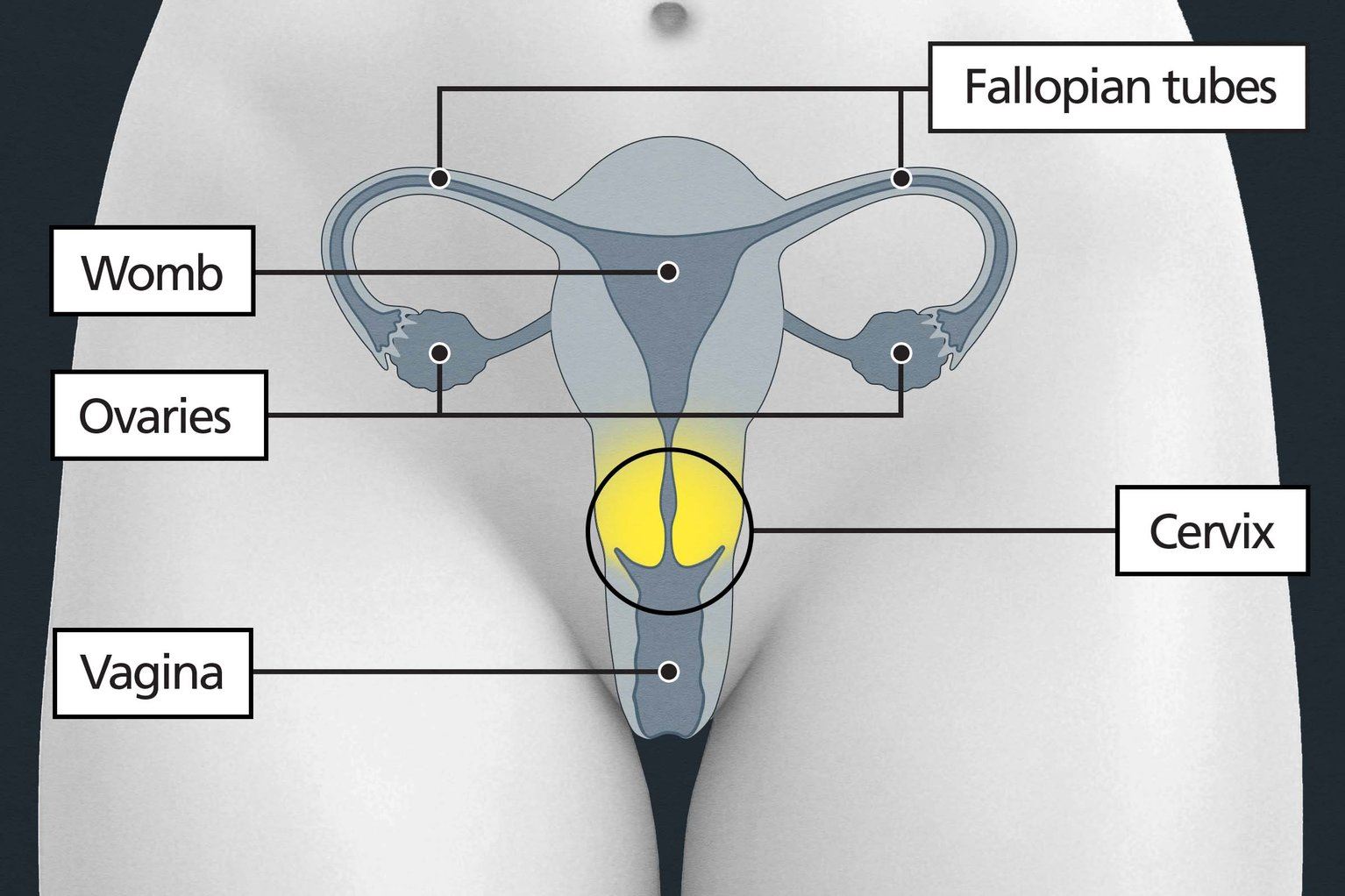You may experience some light bleeding or spotting after your test. This is common and should go away after a few hours, but if it persists please contact your GP surgery. If you experience heavy bleeding, contact your GP straight away or call 111.
Once the screening is done, your sample will be sent to a lab to test. Your results will usually be sent to you in a letter, but sometimes you may be asked to contact your GP to get the results.
It can take 2 - 6 weeks to get your results back. If it takes longer, please contact your GP.
Most people will receive a HPV negative result - ths means your risk of getting cervical cancer is very low, you do not require further tests, and you will be invited back in 3 or 5 years for another routine screening.
If you have a HPV positive result, the letter will explain what will happen next.
There are two types of HPV positive results:
- HPV found but no abnormal cell changes - this means you will be invited for another screening in 1 year. If you still have HPV, then you be invited for another screening in 1 year. If after that screening it is still found, you will be asked to have a colposcopy.
- HPV found and abnormal cell changes - you will be asked to have a colposcopy.
A colposcopy is similar to a screening test, as it uses a speculum to open your vagina so that the cervix can be seen. A microscope is then used to look at your cervix in greater detail. A sample of cells may also be taken for testing - this is called a biopsy.
Try not to worry is there is a positive result or have been referred for a colposcopy - any changes to your cells will not get worse while you wait for your appointment.





